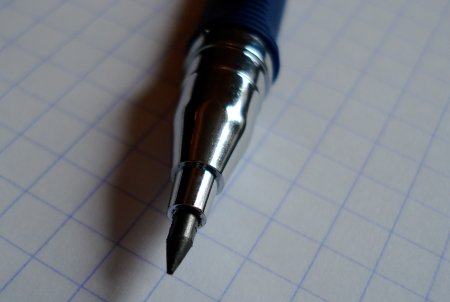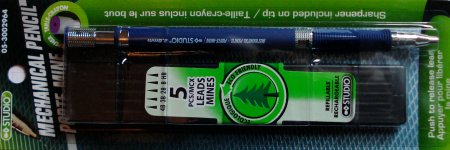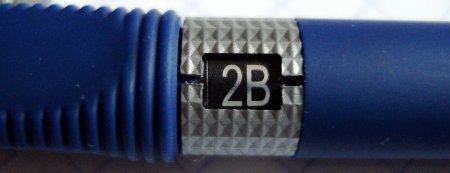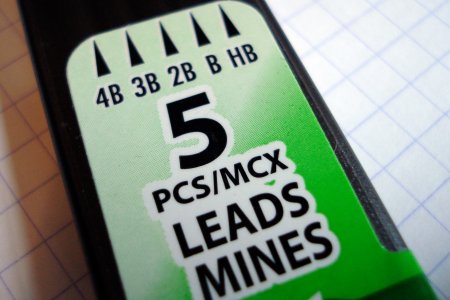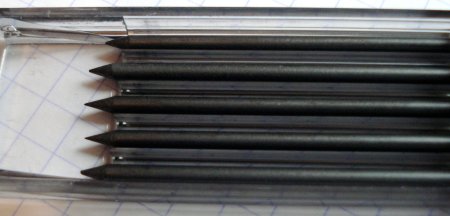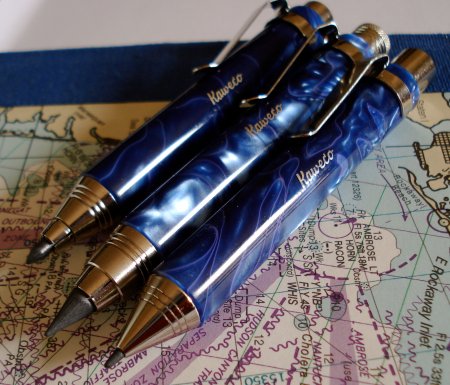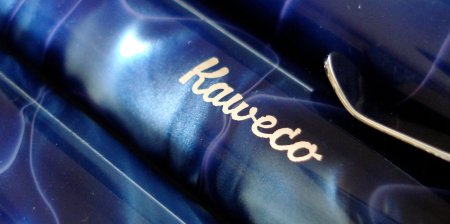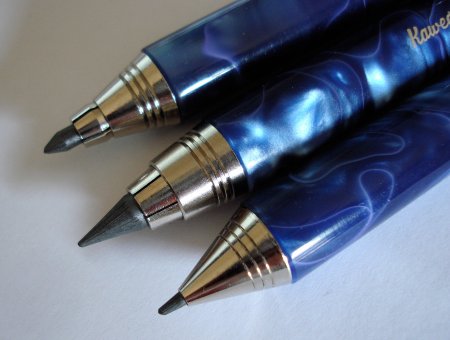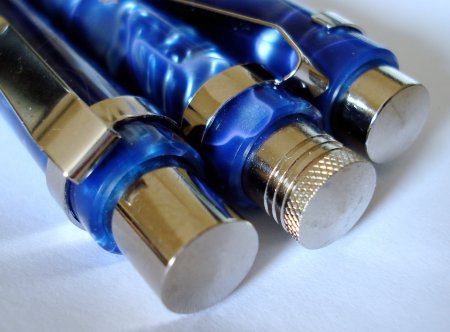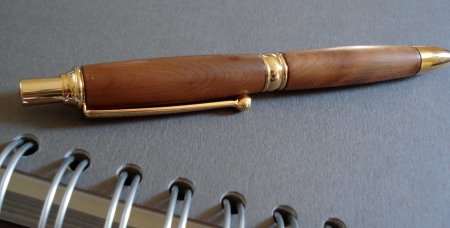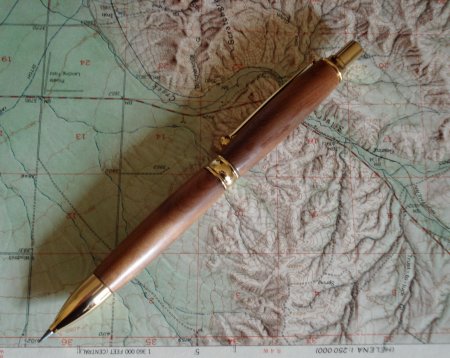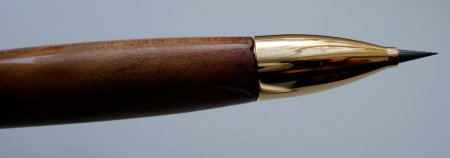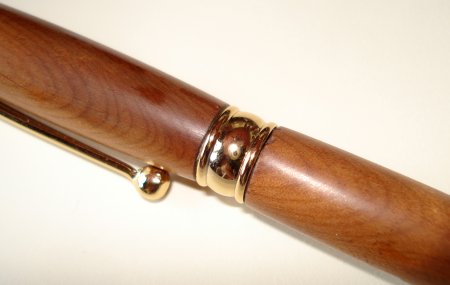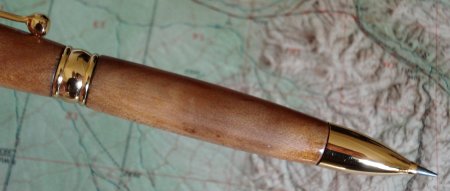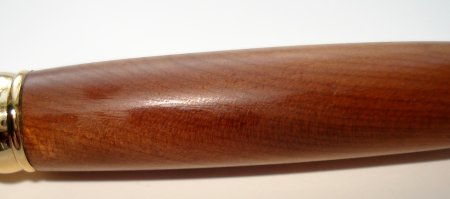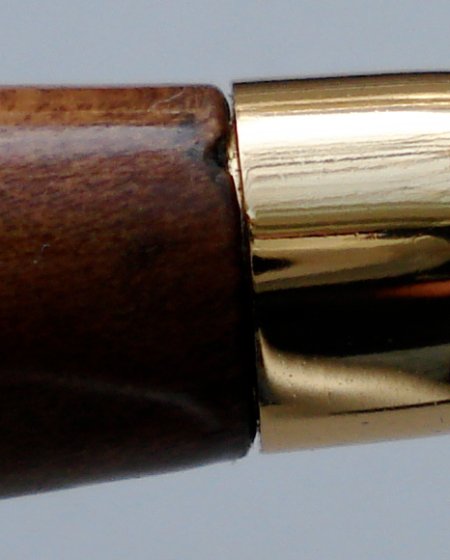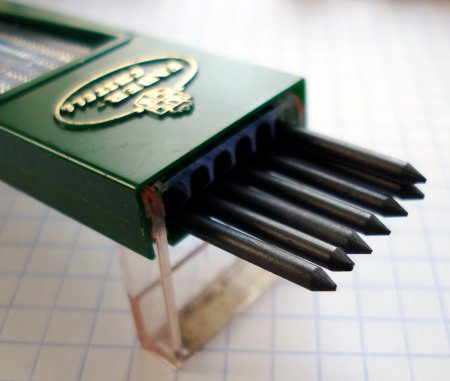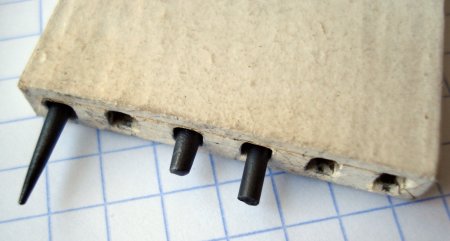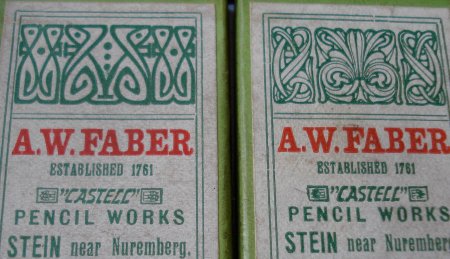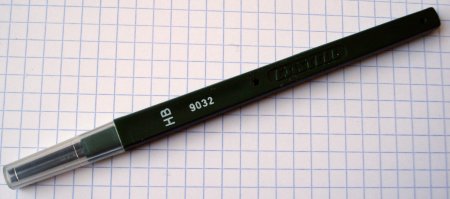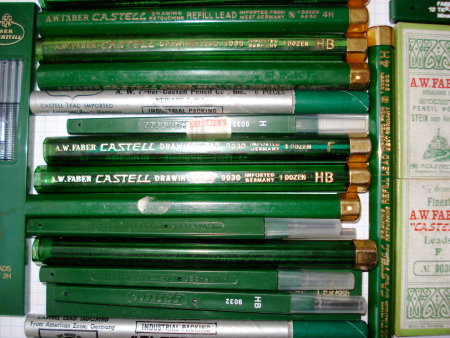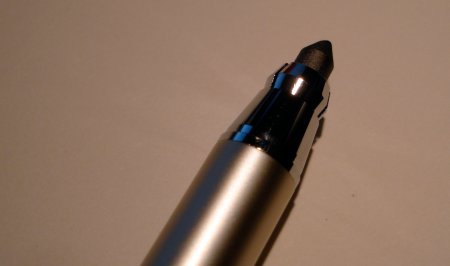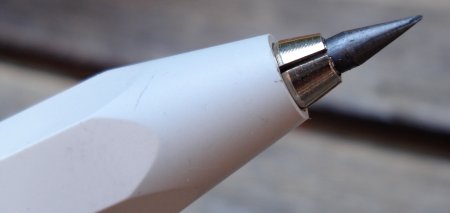
Wörther is a company I’ve come to admire.
“Quality” is easy to state, but what does it mean from a manufacturer? A formal policy process? An informal process? A philosophy?
In the realm of mechanical pencil manufacturing, I will leave a formal response to that question to the experts, but from a personal perspective, the products of Wörther seem to be the embodiment of the idea.
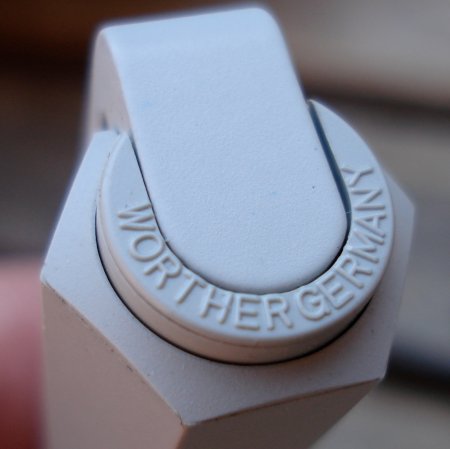
Whether plastic or metal, they seem to use quality materials. Their products have design elements that are thoughtful and original. I’ll mention a personal favourite, the Slight pencil, in a future post.
The Shorty is a 3.15mm clutch leadholder. A centimetre or two longer than the Kaweco leadholder, it is much more easily held, and has a practical hexagonal shape. It comes in a variety of colour finishes. My choice of grey does tend to highlight stray graphite smudges. The clip is integrated with the clutch advance mechanism, and creates a great sensation and surprise when opening the clutch, as the clip/button visibly descend within the pencil. I have never seen a design like this, and it is an example of why Wörther’s products are so interesting.
While plastic, there are no seams, and the pencil appears quite solid.
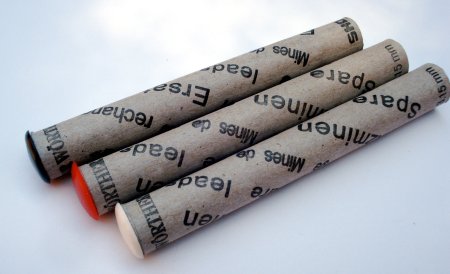
The pencil ships with three cardboard tubes, each containing a different refill type – graphite in 7B, a vibrant red, or a rarely seen white lead. It seems the Shorty is being offered as a general purpose marking pencil.
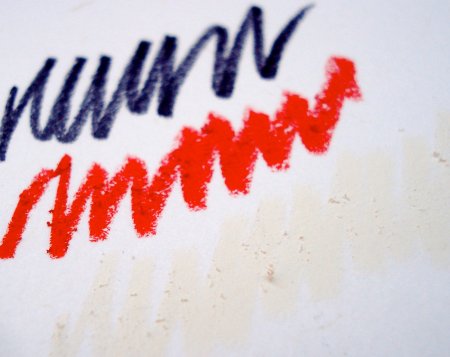
Overall, it a great writing implement with an excellent design.

